
A Big Belly Isn’t Always Just Fat
A Big Belly Isn’t Always Just Fat: How to Tell the Difference Between Belly Fat and Liver Disease
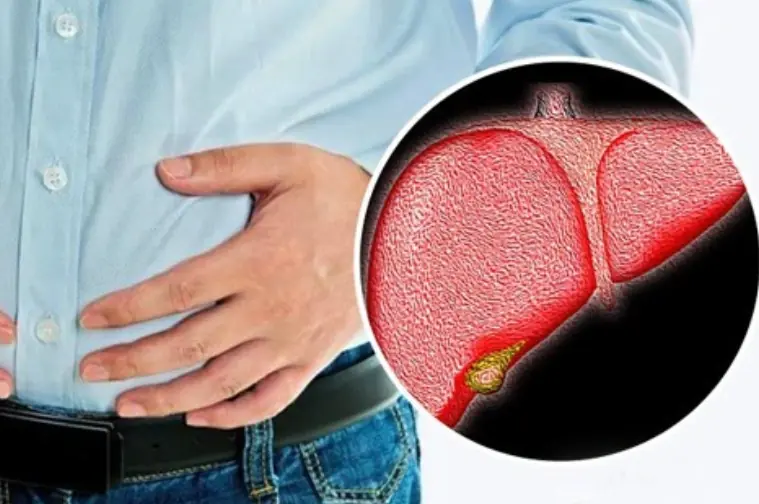
For many people, a large belly is often associated with excess fat due to poor diet, lack of exercise, or genetics. However, not all cases of abdominal enlargement are simply due to fat accumulation. In some instances, a protruding belly could be a sign of an underlying health condition, such as liver disease. Understanding the difference between belly fat and liver-related swelling is crucial for early diagnosis and effective treatment.
The Difference Between Belly Fat and Liver Disease
1. Belly Fat (Visceral Fat)
Belly fat, particularly visceral fat, is stored around the internal organs and can increase the risk of metabolic disorders such as diabetes and heart disease. It is commonly caused by:
-
Poor diet (high in sugar and unhealthy fats)
-
Sedentary lifestyle
-
Genetics
-
Hormonal imbalances
Characteristics of belly fat:
-
Feels soft and pliable when touched
-
Evenly distributed around the midsection
-
Reduces with weight loss, exercise, and a healthy diet
2. Liver Disease (Ascites and Fatty Liver Disease)
Liver disease, particularly conditions like fatty liver disease, hepatitis, and cirrhosis, can also lead to a swollen abdomen. When the liver is damaged, it may store excessive fat or retain fluid (ascites), causing abdominal distension.
Signs that your big belly might be due to liver disease:
-
Hard and tight belly, especially in the upper right side
-
Rapid or unexplained increase in belly size
-
Yellowing of the skin and eyes (jaundice)
-
Swollen legs and ankles
-
Fatigue and loss of appetite
-
Nausea or discomfort in the abdominal area
How to Differentiate the Two
To determine whether your belly enlargement is due to fat or liver disease, consider the following steps:
-
Check for other symptoms: If you experience jaundice, swelling in other areas, or unexplained fatigue, liver disease could be the cause.
-
Monitor weight loss efforts: If diet and exercise don’t reduce belly size, there may be an underlying medical issue.
-
Consult a doctor: A medical professional can perform blood tests, ultrasounds, or liver function tests to diagnose liver-related conditions.
Prevention and Treatment
-
For belly fat: Focus on a balanced diet, regular exercise, and lifestyle changes.
-
For liver disease: Early detection is key. Avoid alcohol, maintain a healthy diet, and seek medical treatment if necessary.
A big belly is not always just fat—it could be a sign of something more serious. Recognizing the difference and seeking timely medical advice can help prevent complications and improve overall health.
News in the same category


Seeing Prominent, Bulging Veins? Make Sure to Warn Them About These Things

Drinking coconut water continuously will surprise you with the benefits it brings

2 Times You Should Never Eat Bananas — They Could Harm Your Health

25 Incredible Benefits of Guava Leaves You Should Know
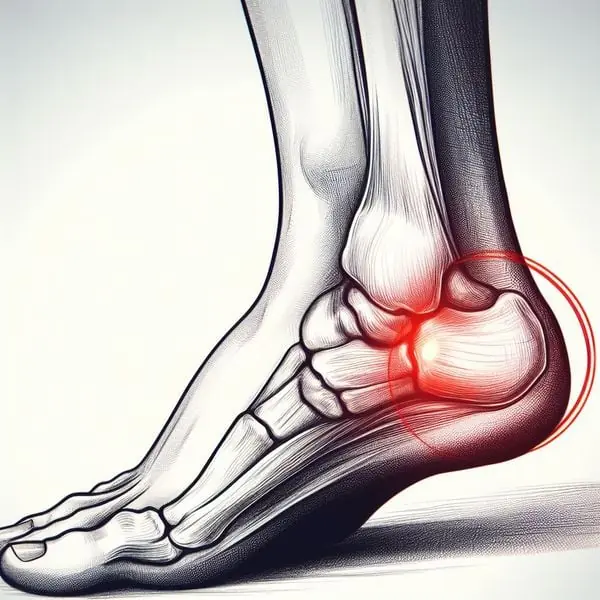
Frequent Numbness in the Legs: What Disease Could Be Behind It?
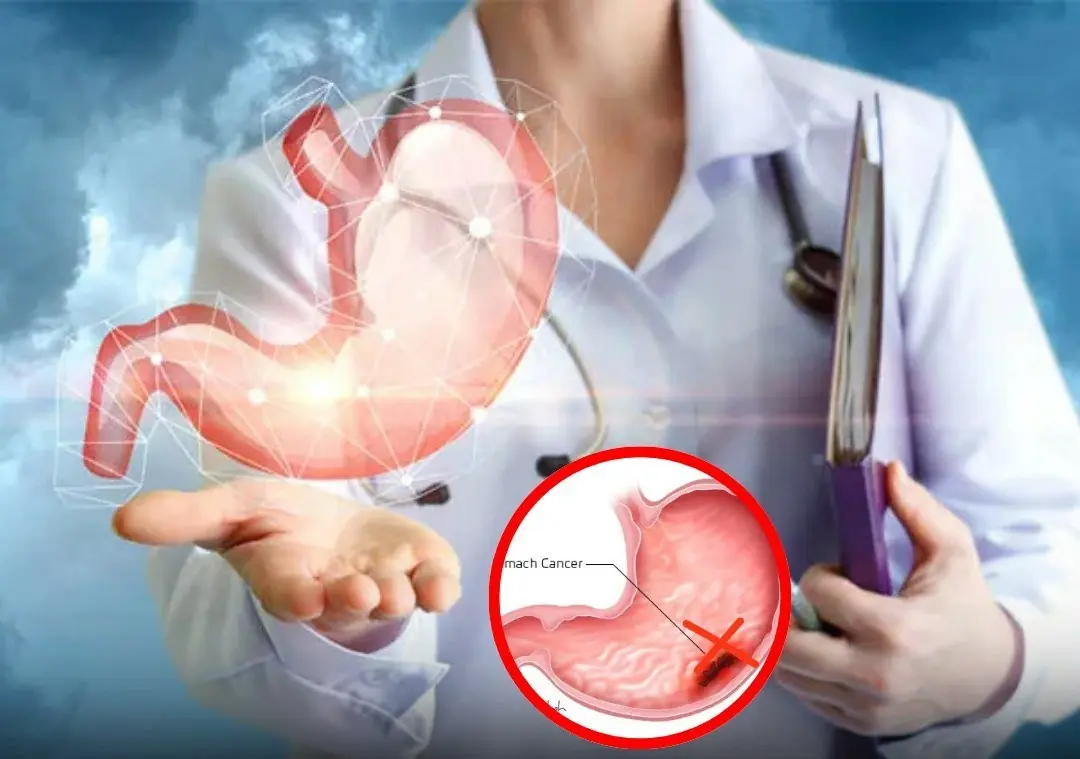
Se você notar esses 5 sintomas após as refeições, faça uma endoscopia o quanto antes!
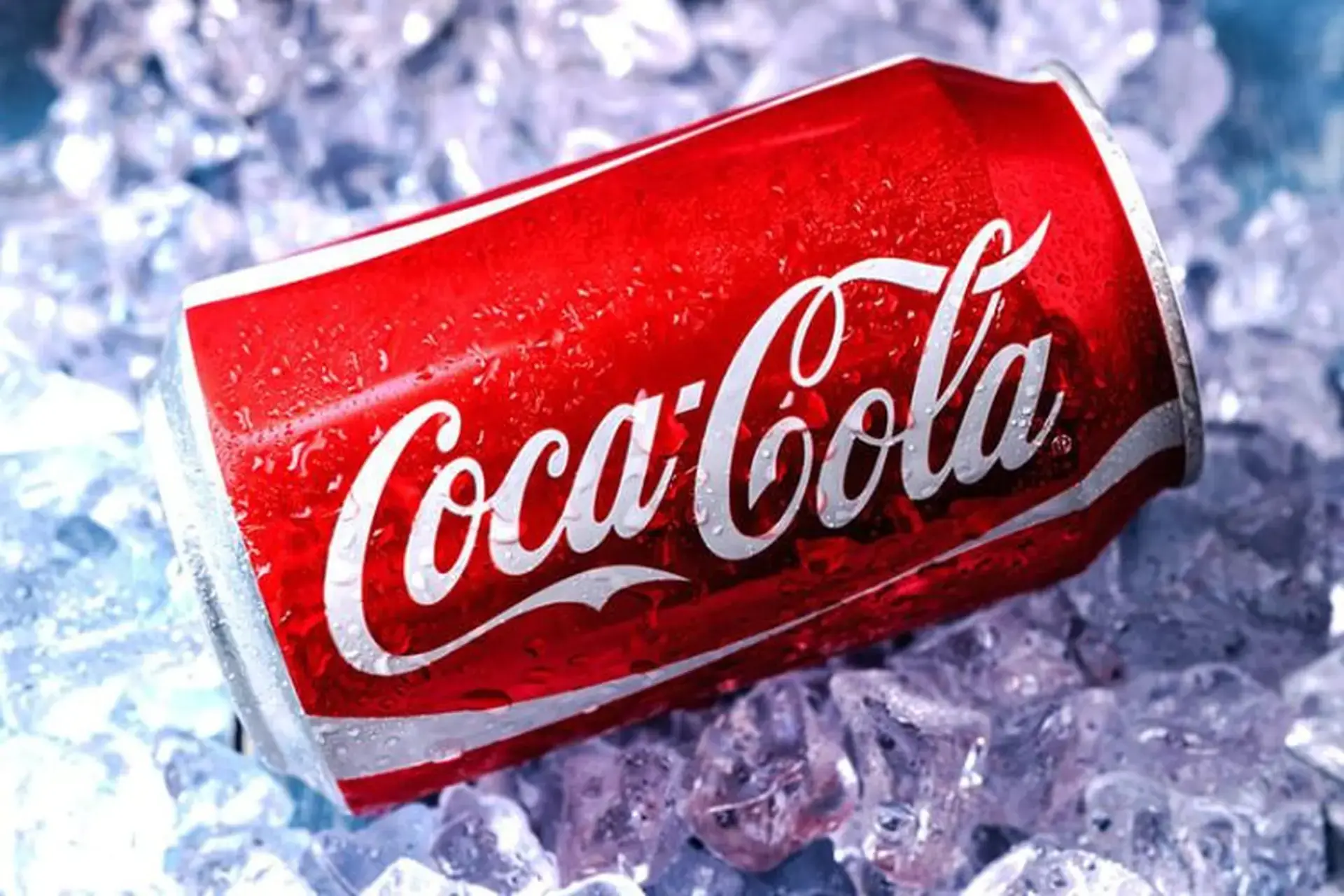
Does Coca-Cola Consumption Reduce Life Expectancy? Surprising Findings Explained

Kidney Patients: If You Forget Things Easily... Read This

Protecting Your Liver Naturally: Vegetables and Fruits That Support Liver Health

Frequent 2–4 AM Wake-Ups in People With Kidney Disease: What It May Mean

Luffa (Sponge Gourd): Nutritional Benefits, Food Combinations to Avoid, and Who Should Not Eat It
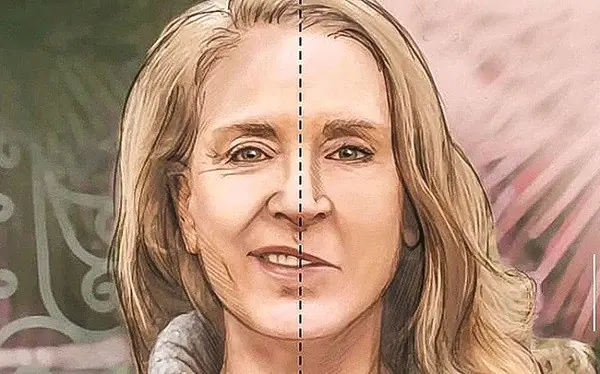
Stroke Actually Sends Warning Signals Up to 90 Days in Advance — Sadly, Few People Notice in Time to Prevent It

3 sprouting foods with remarkable health benefits
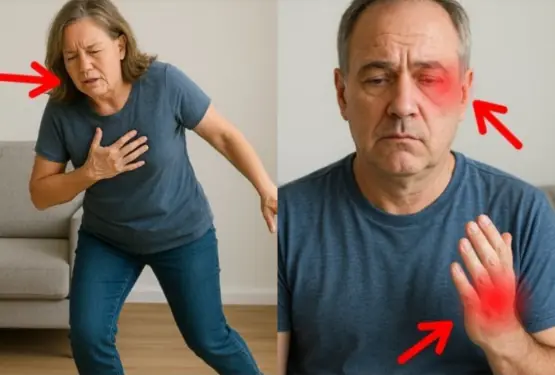
10 Stroke Warning Signs You May Notice 1 Month Before It Happens
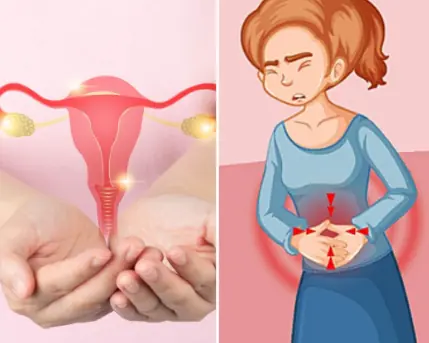
8 Early Warning Signs Of Ovarian Cancer You Shouldn’t Ignore

These 4 Foods Are Full of Parasites

Doctors Warn About 3 Foods That Harm the Kidneys When Consumed in Excess
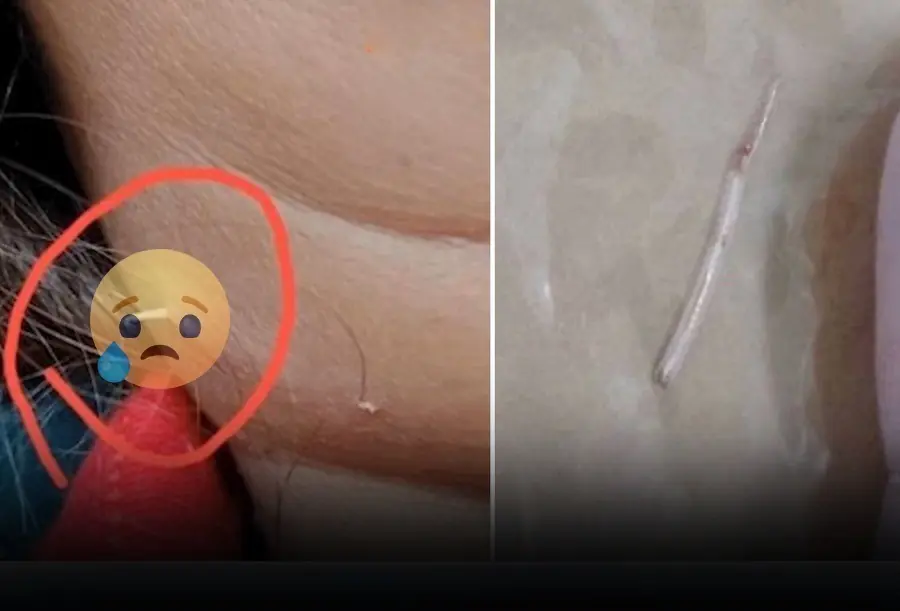
Neck pain, woman shocked to see something sticking out

Drink these 3 types of tea in the evening to improve sleep quality and support belly-fat reduction
News Post

This common way of eating boiled eggs can clog your arteries

Grilled Shrimp Power Bowl with Eggs, Veggies & Fruit

Seeing Prominent, Bulging Veins? Make Sure to Warn Them About These Things

Why Do Many Foreigners Avoid Using Phone Cases?

Drinking coconut water continuously will surprise you with the benefits it brings

2 Times You Should Never Eat Bananas — They Could Harm Your Health

25 Incredible Benefits of Guava Leaves You Should Know

Frequent Numbness in the Legs: What Disease Could Be Behind It?
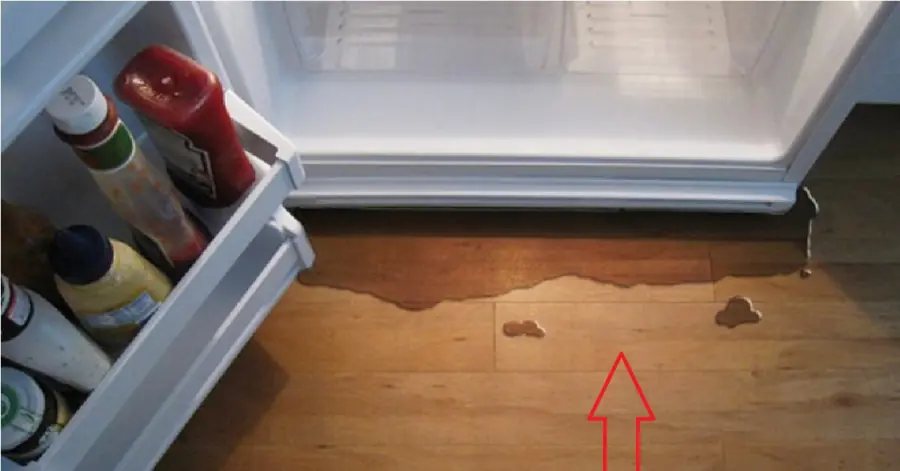
How to fix a leaking refrigerator: Simple solutions and tips to extend its lifespan

Does Coca-Cola Consumption Reduce Life Expectancy? Surprising Findings Explained

Hidden health risks of improper electric kettle use

Kidney Patients: If You Forget Things Easily... Read This

Protecting Your Liver Naturally: Vegetables and Fruits That Support Liver Health

Frequent 2–4 AM Wake-Ups in People With Kidney Disease: What It May Mean

Why Don’t Airplanes Fly in a Straight Line to Save Fuel? The Science Behind Curved Flight Paths

Lemon Dazzling Blueberry Cream Cake

Luffa (Sponge Gourd): Nutritional Benefits, Food Combinations to Avoid, and Who Should Not Eat It

When washing clothes, don't just put in detergent. Let me teach you a little trick

Oranges Are in Season, but Doctors Warn: Never Eat Oranges With These Three Types of Foods
